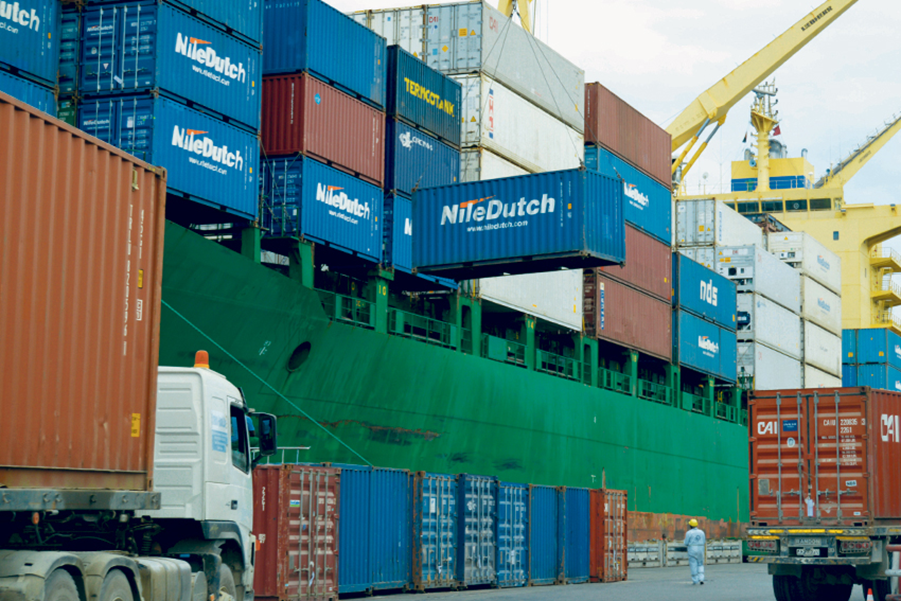Dramatic Demographics: Ireland’s Rapid Population Growth
Recent data from the CSO gives the Irish population at 5.5 million in April 2024 up by 41% since 2001. This is a very rapid rate of population growth. By contrast EU population grew by 5% in the same period. Migration is the key factor and has provided 54% of the total increase. As is to be expected migration likely also accounts for a high proportion of the increase in jobs. In the year to April 2024 net migration of over 25 year olds, presumably mostly coming to work, was the same as the total increase in employment - 50,000. Over the time since 2001 this age cohort of migrants was equal to about 54% of the increase in employment and suggests about half of employment growth is accounted for by migrants.
Inflation: Irish Index Continues Upwards
Year to year inflation in Ireland, as measured by Eurostat's Harmonised Index of Consumer Prices rose from 2.8% in October to 3.2% in November, the fastest increase since 2023. The Consumer Price Index likewise recorded a year to year increase of 4.3% up from 2.9% in October. In the EU, the rate remained unchanged at 2,2%. The increases in Ireland was across the main categories
GDP Edges Down in Third Quarter – Stays Well Ahead of 2024 Levels.
After a rapid increase in output and exports in the first quarter, caused by the stampede to get product into the US before the Trump tariffs, activity was maintained in the second and third quarters. The final figures for the third quarter show a slight dip In GDP of 0.3% compared to the second quarter but a 10% increase on the level in the corresponding quarter of 2024. Modified Domestic Demand, a measure of activity with the international sector removed, advanced by 2.3% and is up 5.3% on year ago levels. In summary, output in the nine months of 2025 was running 13.2% ahead of the average for 2024 while for MDD the corresponding figure was 3.8%.



